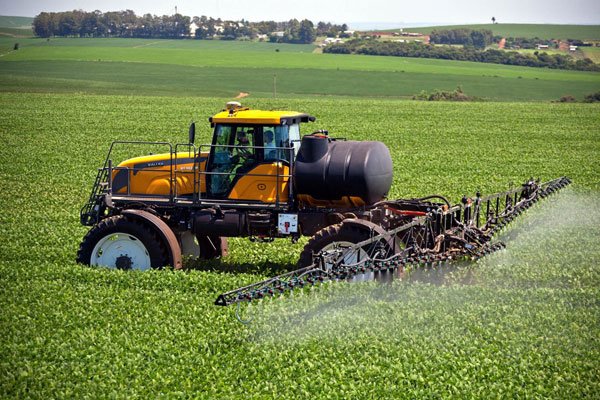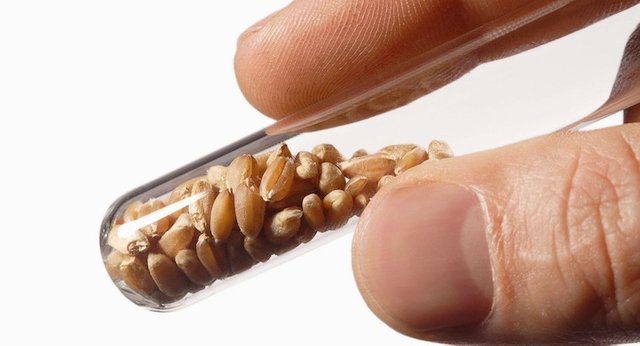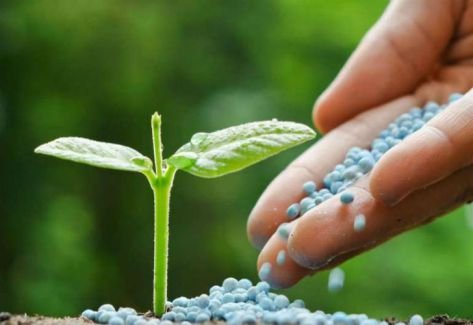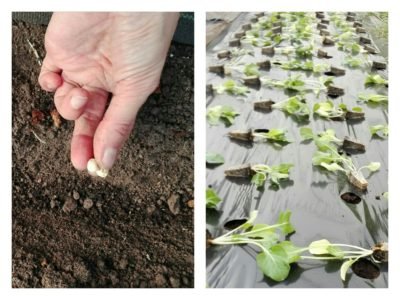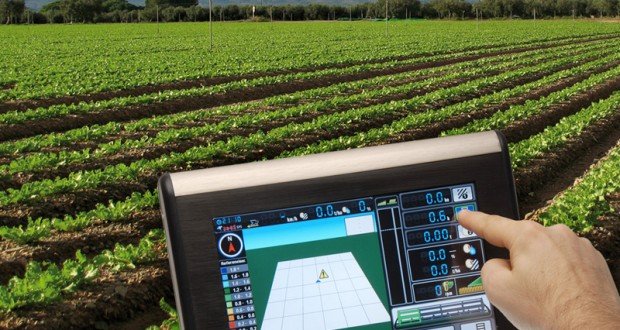Agriculture and Technological Advances
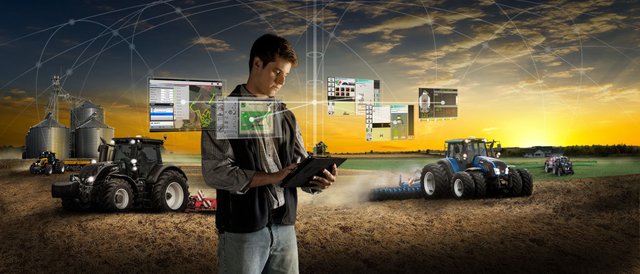
NEW TECHNOLOGIES
The notable growth of agricultural activity has been associated with the spread of the use of modern machinery for different agricultural tasks, improved seeds (including transgenic seeds) and agrochemicals. New planting and planting techniques were also introduced. In all cases, these innovations aim to improve production in terms of quality and yields. The production volume obtained by cultivated area is called "yield".

AGRICULTURAL MACHINERY
It is used to till the land, plant, plant or collect agricultural production. The mechanization of agriculture consisted in the generalization of the use of tractors, seeders and mechanical harvesters, which made it possible to carry out all kinds of tasks in less time.



Agricultural machinery tends to be increasingly complex as it has precision devices and electronic commands, which increases its power and speed and quality of work.

INPUTS
Among the inputs used in agriculture, are highlighted by the degree of technological innovation they represent, improved seeds and agrochemicals:
- Improved seeds:
Improved seeds are those whose genetic material has been modified through the incorporation of information that allows them to acquire a characteristic that they did not previously have, for example, higher yield, better resistance to diseases, greater nutritional volume, better taste of fruits and vegetables, among other qualities.
One type of improved seeds are hybrid seeds, which arise from the crossing of plants of different types within the same species, which have certain desired characteristics, which are combined in their offspring.
Another type are the transgenic seeds. These are seeds that have been genetically modified through the grafting of genes from other plant or animal species or from the isolation and modification of their own genes and their reintroduction into the original species.
Genetically modified seeds are marketed, in general, by a few, but very large, multinational companies, such as Cargill or Monsanto.
The company Monsanto has developed a series of transgenic seeds widely spread in Argentina, especially in the case of Soy.
- Agrochemicals:
Agrochemicals are an essential element in modern agriculture to increase crop yields. Among the agrochemicals are phytosanitary products intended for the protection of crops, which allow their proper health development. Among them: herbicides (control the weeds that invade the crops), insecticides (control the harmful insects), acaricides, fungicides and bactericides (they fight mites, fungi and bacterial diseases respectively).
Another of the fundamental agrochemical products are fertilizers. These replenish the soil nutrients that the harvest takes. As in the previous case, the use of fertilizers has increased markedly.

NEW SOWING AND PLANTING TECHNIQUES:

-DIRECT SOWING:
One of the main innovations of recent times in agriculture is the diffusion of direct seeding as a production system. It is a system in which it is grown on a soil that has not been previously plowed, that is, on stubble or residues from the previous crop.



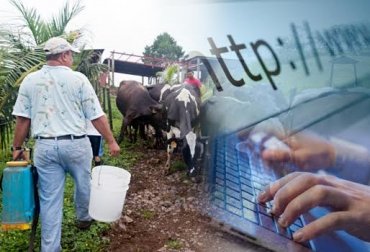
source

The direct seeding system is expanding to other crops, although it is mostly used for soybean cultivation.

- REMOTE CONTROL AGRICULTURE:
No fiction exists in this new technology. With a minimum equipment and the right software, a farmer can listen to his cultivation at a distance and know variables such as temperature, humidity, wind speed, nutrients, pests ... Precision agriculture, based on satellite tracking, will allow that and more . But there is a risk, the author argues: the excessive ambition of the transnationals could concentrate this technological advance to the detriment of the small farmers of the world.
For example:
IT IS A HOT AND DRY NIGHT. A farmer is 15 kilometers away from his crop and he wonders if it will need irrigation. You can not afford to spend time and gas, but you do not have to move from your home either. Through the Internet you can receive precise data of the weather conditions and remotely activate the irrigation system if your crop needs it.In the culture there are numerous stakes "separated 10 or 20 meters from each other" with small sensors that record temperature, humidity, direction and wind speed, and other variables. In each one there is a cell phone that transmits the data every 15 minutes and the farmer can check them online.Given that the user's physical location is irrelevant, the farmer could be anywhere in the world: 10 or thousand kilometers from his crop. The planting could be in Oaxaca and the farmer in Stockholm (which makes us wonder if the definition of the word "farmer" will not be stretching too much). You can also program the system so that the planting is automatically irrigated. Science fiction? No, precision agriculture.

- PRECISION FARMING:
Precision agriculture is a system of new technologies and procedures that unite spatial variables of mapping with the realization of appropriate actions of management of the property. It requires the integration of several elementary systems: the global positioning system (GPS), data collection devices (sensors), geographic information systems (GIS), among others.The Agriculture of Precision, recognizes the variability within a property and is oriented to do the right thing, in the right way, place and time.
Traditionally, the management of the properties is carried out considering that each quarter is homogeneous, applying "average" doses. However, it is clear that the existing variability in the properties of the soil, influence the capacity of moisture retention, absorption of nutrients and therefore in the yield of the crops established on it. In addition, the fertilization and application of pesticides that are usually done uniformly within the barracks, does not consider the natural variability of the property, this induces that the applied doses are excessive or insufficient, with the consequent economic and environmental damage.

ADVANTAGES AND DISADVANTAGES IN TECHNOLOGICAL ADVANCES IN AGRICULTURE


DIRECT SOWING:
- Disadvantages:
In conventional tillage systems, the plow is used, among other things, as a method of weed control. With direct seeding, this method of mechanical control must be replaced by the greater use of herbicides, which means that direct seeding increases the dependence on these phytosanitary products.
- Advantage:
There are a number of advantages from the agronomic and technical point of view:

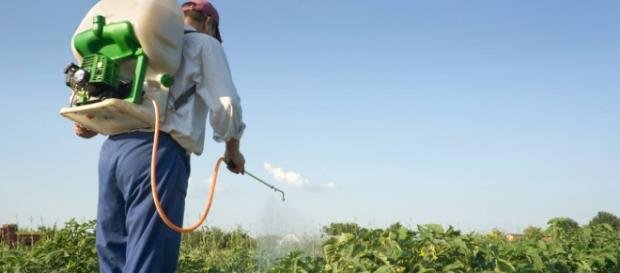
source

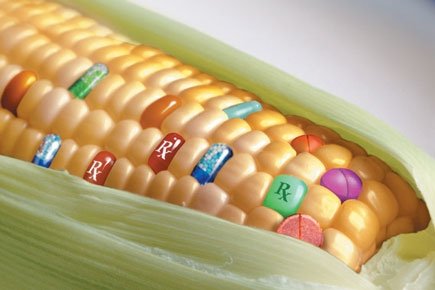
source




Favors the conservation of soil cover by avoiding or reducing erosion.
Improves the use of water, since it maintains soil moisture when covered by a layer of biomass (stubble), which retards the loss of moisture by evaporation.
Improves biological activity and increases the content of organic matter in the soil.
Improves the efficiency in the use of time, since it reduces the amount of work needed.
Reduces the use of machinery (and fuel) and personnel.

AGROCHEMICALS:

- Advantage:
They allow the production of healthy and abundant food, in an efficient, economical and sustainable way. Without agrochemicals the world production of fruits and vegetables, fodder and fibers would fall between 30 and 40% due to pests and diseases.
An increased production of fruits and vegetables translates into a reduction of costs for the final consumer and therefore greater access to food by the population.
Agrochemicals are a tool to control pests that directly affect the health of people, such as malaria.
The control of termites and other insects that can put at risk houses and other constructions are also controlled by agrochemicals.
Agrochemicals are the result of a rigorous Research and Development process, which lasts an average of 9 years and has a cost of 200 million dollars.
The Research and Development Industry constantly invests in the search for new technologies and scientific advances.
In this search for new knowledge, the Industry supports the talent of scientists from different disciplines and highly specialized professionals.
The Research and Development Industry permanently transfers technology through products and services in favor of sustainable agricultural development.
The latest technological developments allow farmers to produce more in less space, as well as to have products that degrade easily and leave a lesser impact on the environment.
- Disadvantages:
An exhaustive training of the rural worker and producer must be carried out to carry out the manipulation in the use of agrochemicals. The ignorance of efficient cultural practices means that in many cases rivers and streams are being contaminated and therefore this causes health problems in people, animals and the environment in general. In Latin America, 865 thousand tons of industrial waste are generated daily, of which 15,500 are hazardous. Unfortunately, less than 10% of hazardous waste is treated properly, that is, the remaining 90% is discharged into streams, garbage dumps.
Misuse can cause serious illness or death, contamination of soil and water, damage to livestock and wildlife, and reduction or elimination of natural enemies of pests. For this reason, it is essential that an alert and worried conscience be created with the proper management and supervision of the use of pesticides.
In general, it is common to recognize the problem of pesticides in the case of agricultural projects that aim to produce crops; however, they are often overlooked when they are used to reduce losses, after harvest. There are several types of pests (including fungi) that cause stored losses; and in developing countries the problem is further complicated by weather conditions and the lack of adequate storage infrastructure. Usually, products that are stored in bulk, are fumigated or treated with diluted insecticide powders. Fumigation can be extremely dangerous for humans, requires specialized equipment and training, and can leave toxic residues in food.

IMPROVED AND TRANSGENIC SEEDS:

- Advantages and disadvantages:
The emergence of transgenic agriculture, opened a wide debate, because it has not been demonstrated with certainty that transgenic vegetables harm their consumers in some way, those who oppose them argue that it has not been proven otherwise. For now it is not known how the consumption of these products will affect the health of people. Several scientists say that they can cause cancer, develop allergies, poisoning, produce organ damage and antibiotic resistance, that is, they will no longer cure the person. It is assumed that transgenic products are resistant to pests, last longer without withering or have better appearance. Or that with these products there will be more food in the world and therefore less hunger.
However, those who are making these products are the same companies that manufacture agrochemicals: poisons, fertilizers and improved seeds. These big companies are Monsanto, Du Pont.
The Bayer and the Pioneer are also producing transgenic but these companies appear under other names, because they are linked to other companies. They are offering transgenic seeds of plants that resist pests and herbicides, which give higher production, are of better quality.
They assure that when cultivating these seeds, less agrochemicals are needed and therefore they suppose less risk of contamination for people and the environment. But these companies 40 years ago offered agrochemicals with many advantages to improve production, eliminate pests and have more crops.
And the result after years of use, is that there are very resistant pests, every year more people die intoxicated or live sick by using these products. Soils and water are contaminated. And producers, year after year, have to buy the improved seed, thus losing the wisdom of producing their own seed.

Sources of information:
https://www.taringa.net/posts/apuntes-y-monografias/16968309/La-Agricultura-Y-Los-Avances-Tecnologicos.html
http://desycreci.blogspot.com/2008/10/desventajas-y-beneficios-de-la.html
http://sistemaagricola.com.mx/blog/5-ventajas-de-implementar-la-tecnologia-en-el-campo/


If you got here ... Infinite thanks for reading me.
"God bless you and protect you"
For me, your comments, a resteem, are always welcome, and, why not? a vote on your part. Visit my blog, I invite you to meet me.

